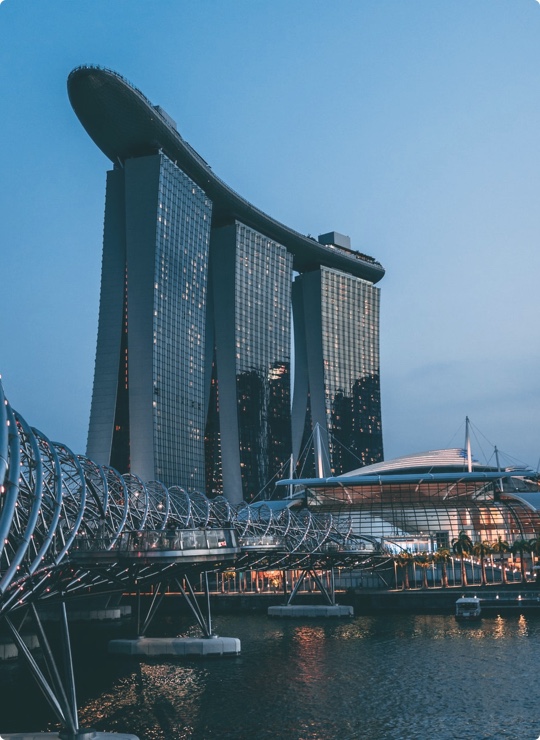Yabroud يبرود Jabrud | |
|---|---|
 Streetview | |
| Coordinates: 33°58′N 36°40′E / 33.967°N 36.667°E | |
| Country | |
| Governorate | Rif Dimashq |
| District | Yabroud |
| Subdistrict | Yabroud |
| Control | |
| Elevation | 1,550 m (5,090 ft) |
| Population (2004 census)[1] | |
• City | 25,891 |
| • Metro | ~50,000 |
| Area code | 12 |
Yabroud or Yabrud (Arabic: يَبْرُود, romanized: Yabrūd) is a city in Syria, located in the Rif Dimashq (i.e. Damascus' countryside) governorate about 80 kilometres (50 mi) north of the capital Damascus. According to the Syria Central Bureau of Statistics (CBS), Yabroud had a population of 25,891 in the 2004 census.[1]
Jabroudian caves were discovered in the area in 1930. During the Syria Civil War the area was controlled by rebels from 2011 to 2014, before being retaken by government forces.
History
[edit]The city is known for its ancient caves, most notably the Iskafta cave (where, in 1930, a thirty-year-old German traveller and self-taught archeologist Alfred Rust made many important pre-historical findings),[2] which dates back to a period known as Jabroudian culture, named after Yabroud;[3] and the Yabroud temple, which was once Jupiter Yabroudis's temple but later became "Konstantin and Helena Cathedral". Yabroud is home of the oldest church in Syria.[4]
Yabroud was mentioned in the pottery tablets of Mesopotamia in the 1st century B.C., and Ptolemy's writings in the 2nd century A.D.[5]
In 1838, its inhabitants were Sunni Muslim, Melkite Catholic and Greek Orthodox Christians.[6]
During the Syrian Civil War the city was the center of the Battle of Yabroud in March 2014.[7] The city was held by rebels from 2011 to 2014, before being retaken by Ba'athist Syria and was one of the last places the rebels controlled in the Qalamoun Mountains along the Lebanese border.[8][9]
Notable people
[edit]- The parents of former President of Argentina Carlos Menem were both born in Yabroud; they emigrated to Argentina before the end of World War I.
- Antun Maqdisi (1914–2005), a Syrian philosopher, politician and human rights activist, died in Yabroud.
- Gregory Atta lived for a time in Yabroud
- Youssef Halaq (1939–2007), a Syrian writer and literary translator.
- George Haswani, Syrian-Russian businessman.
- Saeed Alnahhal, Syrian-Swedish journalist.[10]
Gallery
[edit]- Iskafta cave
- Overview of Yabroud
References
[edit]- ^ a b General Census of Population and Housing 2004. Syria Central Bureau of Statistics (CBS). Rif Dimashq Governorate. (in Arabic)
- ^ Rust, Alfred (1950). "Ancient Yabroud (Yabrud)". Karl Wachholtz Verlag.
- ^ Renfrew, Colin; Bahn, Paul (2014). The Cambridge World Prehistory. Cambridge University Press. ISBN 9781107647756. "The transitional period between the Acheulian and Mousterian, named after the finds of Alfred Rust at the Yabrud I rock shelter".
- ^ "Syria: An attempt to live a normal life - BBC News". BBC News. 24 December 2012. Retrieved 28 March 2016.
- ^ "Yabroud city, historical and archaeological wealth". SANA. 19 November 2018.
- ^ Smith, in Robinson and Smith, 1841, vol 3, 2nd appendix, p. 173
- ^ Philips 2016, p. 194.
- ^ Conroy 2014.
- ^ Syria claims to have captured rebel stronghold on Lebanese border 2014.
- ^ Lagercrantz, Samuel (14 February 2019). ""Vi funderade inte ens. Vi bara gjorde."". Journalisten.
Works cited
[edit]Books
[edit]- Philips, Christopher (2016). The Battle for Syria: International Rivalry in the New Middle East. Yale University Press. ISBN 9780300262032.
- Robinson, E.; Smith, E. (1841). Biblical Researches in Palestine, Mount Sinai and Arabia Petraea: A Journal of Travels in the year 1838. Vol. 3. Boston: Crocker & Brewster.
News
[edit]- "Syria claims to have captured rebel stronghold on Lebanese border". The Guardian. 16 March 2014. Archived from the original on 7 July 2025.
- Conroy, Erin (17 March 2014). "Syrian forces take full control of the rebel bastion Yabroud". Radio France Internationale. Archived from the original on 7 July 2025.


 Français
Français Italiano
Italiano








